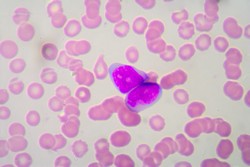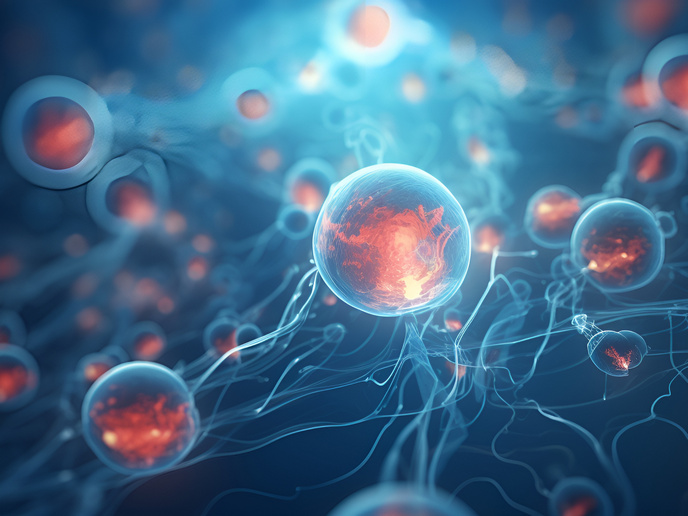Regulation of normal and malignant haematopoiesis
As in most tissues, homeostasis is achieved by the directed differentiation of a small subpopulation of haematopoietic stem cells (HSCs) with multipotent capacity. Regulation of this process takes place at the genetic level with transcription factors driving the progressive cell type specification and at the epigenetic level, which establishes cell memory and fixes fate decisions. Failure to maintain homeostasis and regenerative functions results in a multitude of haematological malignancies, including myelodysplastic syndromes, lymphomas and leukaemias. The EU-funded HEM_ID(opens in new window) (Hematopoietic cell identity: genetic and epigenetic regulation in normal and malignant hematopoiesis) project set out to investigate the molecular mechanisms governing normal and malignant haematopoiesis through the identification of novel genetic and epigenetic pathways. The consortium followed an integrated approach and brought together 13 different research teams across Europe with multi-disciplinary expertise ranging from basic research to clinical exploitation. Researchers optimised protocols for high-throughput transfection and phenotypic screening in human erythroleukaemic cells and implemented a series of bioinformatics tools for the analysis of large datasets. These measures enabled the identification of molecular networks involving different transcription factors such as Sox6 in erythropoiesis, Ikaros family members in HSCs, T cells and B-ALL. Special focus was given to the molecular dynamics of transcription factor binding to chromatin and the modulation of chromatin structure. Overall, the HEM_ID work on physiological and malignant haematopoiesis has helped decipher the molecular pathways and epigenetic modifiers that govern normal HSC self-renewal and differentiation. This knowledge could serve as the basis for comprehending the pathogenesis of leukaemias and ultimately designing targeted treatments.







